If you have triggered in the forest away from civilization and do not have medicines, what to do to stay alive?
The cold in the conditions of survival in the forest is especially dangerous by its complications, which, in the absence of qualified medical care, can cause fatal outcome.
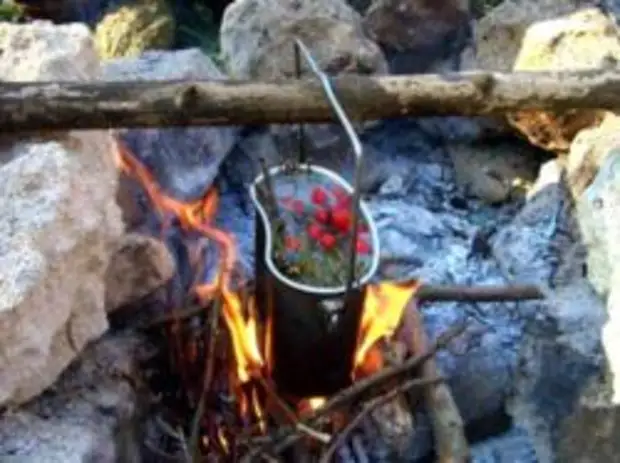
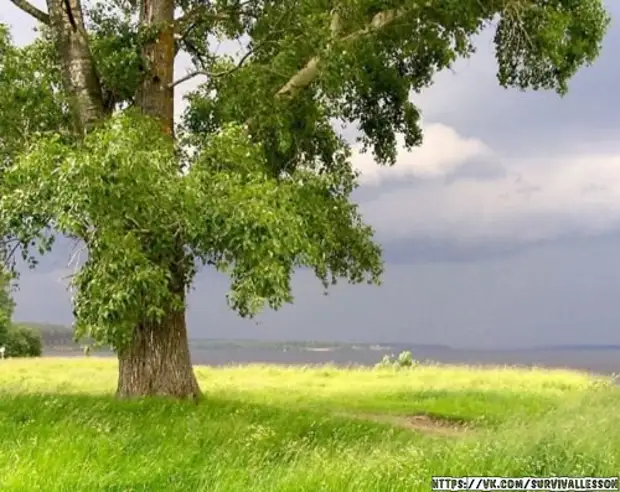
Colds - It is a high body temperature, lubrication, weakness, chills, runny nose, demasking cough.
First of all, you need safe, warm and dry shelter. The presence of unlimited access to warm drinking and harvested medicinal plants. If you are not survived alone, your partner will provide all of you (partners). If you are alone, then you will have to secure yourself to everyone.
So, with a cold, drink should be very heavy so that the body can cope with the intoxication, which is brought into the bloodstream pathogens of colds, be it bacteria or viruses. The temperature of the water must be precisely warm non-irritating already inflamed throat and larynx. The recommended amount of fluid during a cold and influenza is calculated by the formula: 30 ml of water per 1 kg of weight + 500 ml. In any case, for an adult, this is at least 2 liters per day.
If we have no traditional medicine with you, we use herbal decoctions. There are the most valuable plants with a cold, which can be found in the winter forest:
Willow. It grows by water bodies, on the banks of rivers, streams. Cora Willow Contains a number of biologically active substances: glycoside salicin (analog of pharmacy aspirin), tanning substances, pectins, lignin and vitamin C.
The decoction of the crust is used as antipyretic with various colds, with feverish states. It has a painful and anti-inflammatory effect, increases blood clotting. The decoction of the Willow's cortex is good for rinsing with angina and other diseases of the oral cavity. Also, if there is no possibility to make a decoction, you can chew the guest of the ventricular cortex, smoothing the resulting saliva.
Recipe: 2-3 tablespoons of the cortex crush and pour about 2 glasses of water, boil on low heat for 15-20 minutes, insist within an hour, strain. Drink 1 tablespoon 3 times a day, half an hour before meals.
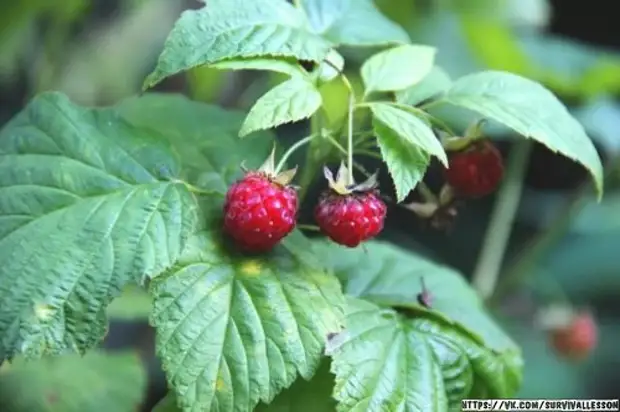
Poplar. The inner part of the poplar bark contains: alkaloids, tanning substances, population and salicyl. The decoction of the cortex of the poplar is used as an immunomodulator, anti-inflammatory, painful and antipyretic agent.
Recipe: 5 tablespoons of the cortex Fill 300 ml of hot water and boil on low heat for 10-15 minutes. Take a diluted with warm water of decoction in a ratio of 1: 1 3 times a day.
Raspberries. Another plant containing aspirin is raspberry. The decoction of the branches of this plant has painkillers, bactericidal, antipyretic and coating properties, strengthens the immune system, in folk medicine used with internal bleeding.
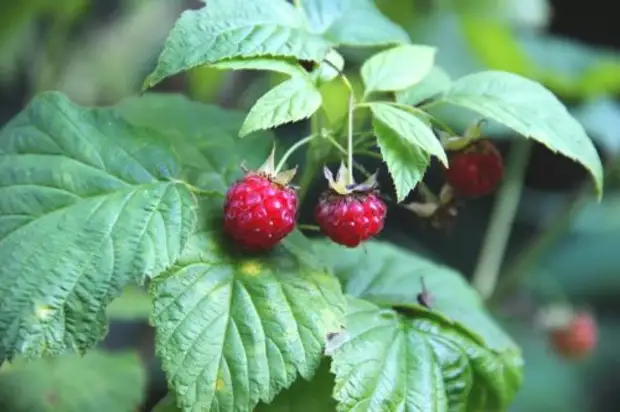
Recipe: 2-3 tablespoons of the branches are finely cutting with a glass of boiling water, boil 15-20 minutes, insist 1.5-2 hours and drink from a throat during the day.
Tollga (labacitor viscous) Speaking about plants containing natural aspirin it is impossible to do without mentioning the Taivat, because from this plant Felix Hoffman in 1897 was now synthesized by the well-known aspirin. The decoction of the leaves and the stems of Tolegi is shown in flu and cold, has antiviral, painkillers, antipyretic, sweetest and anti-inflammatory properties.
Recipe: 1-2 Art. Spoons of dry grass Toles pour 200 ml of boiling water, insist 10-15 minutes and drink 100-150 ml 3-4 times a day.
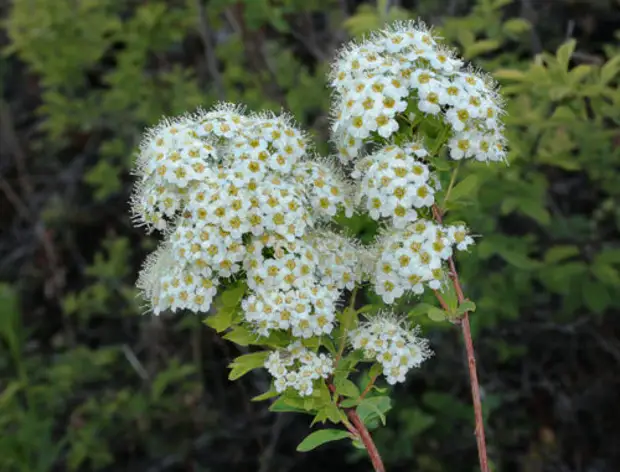
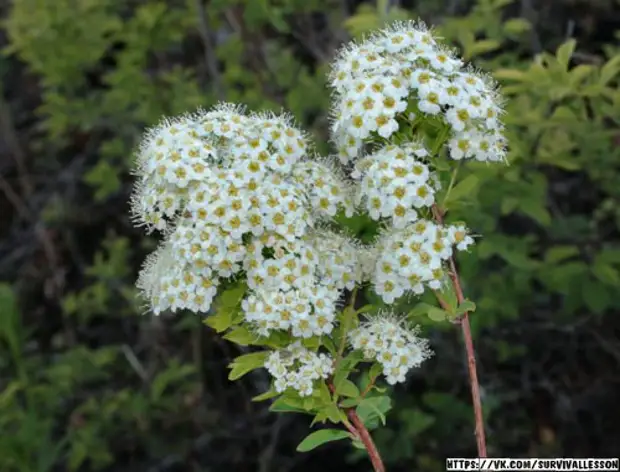
Lamberry . Berries lingonberries can be found from August and almost throughout the winter under the snow, if you know Barberries. Berries are rich in polyphenols, pectin, vitamins C and A, essential oils. Barberry fruits reinforce the activity of sulfanimide drugs and antibiotics. The lingonberry itself contains benzoic acid - natural preservative with antibiotic properties.
Recipe: It is consumed in fresh or dried.
Dried berries can be brewed with herbs like tea.
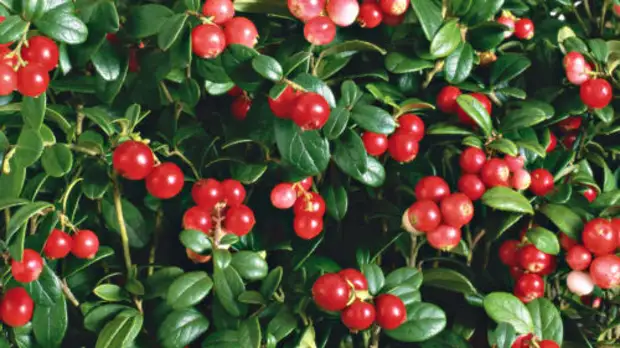
Cranberry . Berries ripen in September and are saved under the snow all winter. Ice cream berries contain a huge amount of vitamins and biologically active substances. Antibiotic properties of cranberries are due to the high content of benzoic acid. Cranberries has a bactericidal and antipyretic, diuretic property, as well as a lingonberry, increases the efficiency of antibiotics. Juice berries accelerates wound healing and burns, helps with cough, increases physical and mental performance.
Red viburnum. This is another natural antibiotic. Berries Kalina ripen in early October and are available for collecting almost all winter. Kalina berries like rowan are available almost all winter and apply with a cold, flu, angina, bronchitis, cough and high temperature. Fresh viburnum juice is used to rinse the throat with angina, stomatitis and other infectious diseases of the oral cavity.
Recipe: It is used in fresh or dried. Decoration: 1-2 art. A spoonful of viburnum berries is poured with a glass of boiling water and insist 1.5 hours. Ruhar drink 3 times a day by ½ cup.
Rowan red. Rowan fruits are rich in vitamin C, A, B and E, have an antiseptic and anti-informal effect, help with cough.
Recipe: in the morning on an empty stomach to eat 1 tablespoon of ice cream berries rowan, (pre-defrosting them). Broth: Approximately 50 g of dried or fresh rowan berries pour 0.5 liters of boiling water, insist 7-8 hours, drink 3-4 times a day for 50 g.
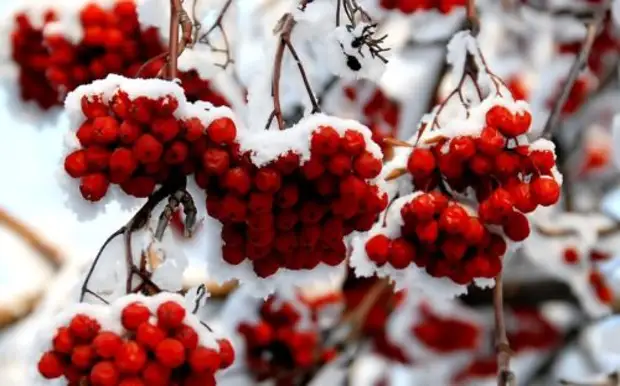
a source
